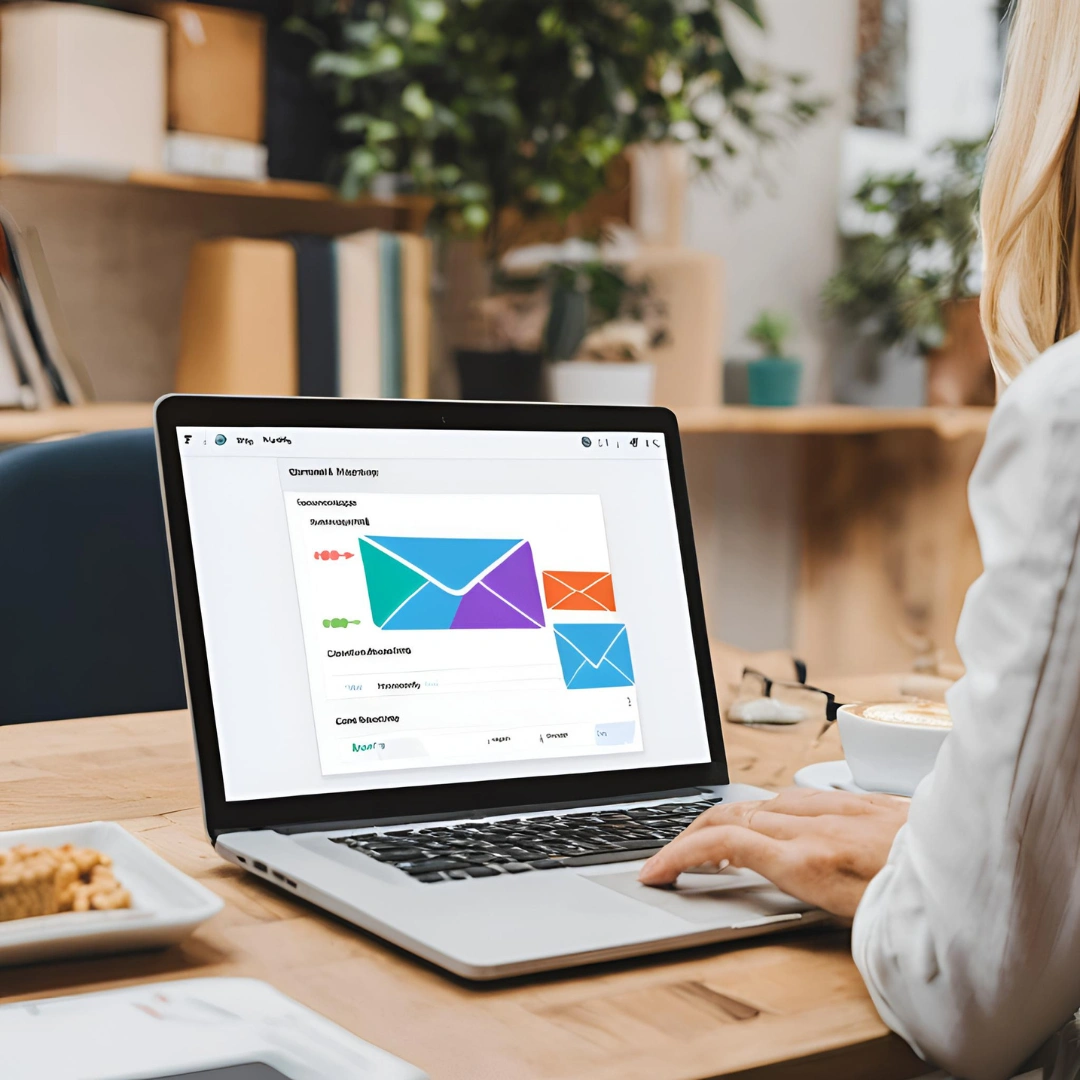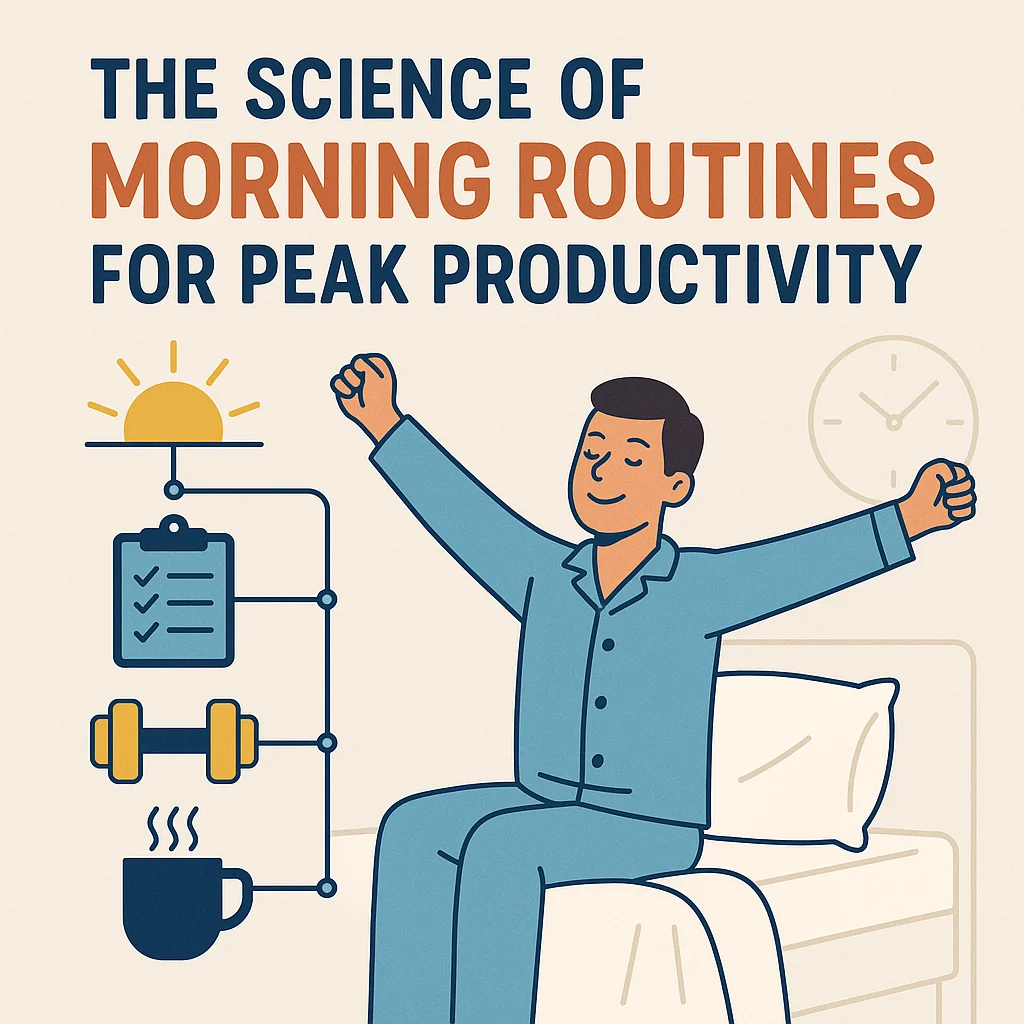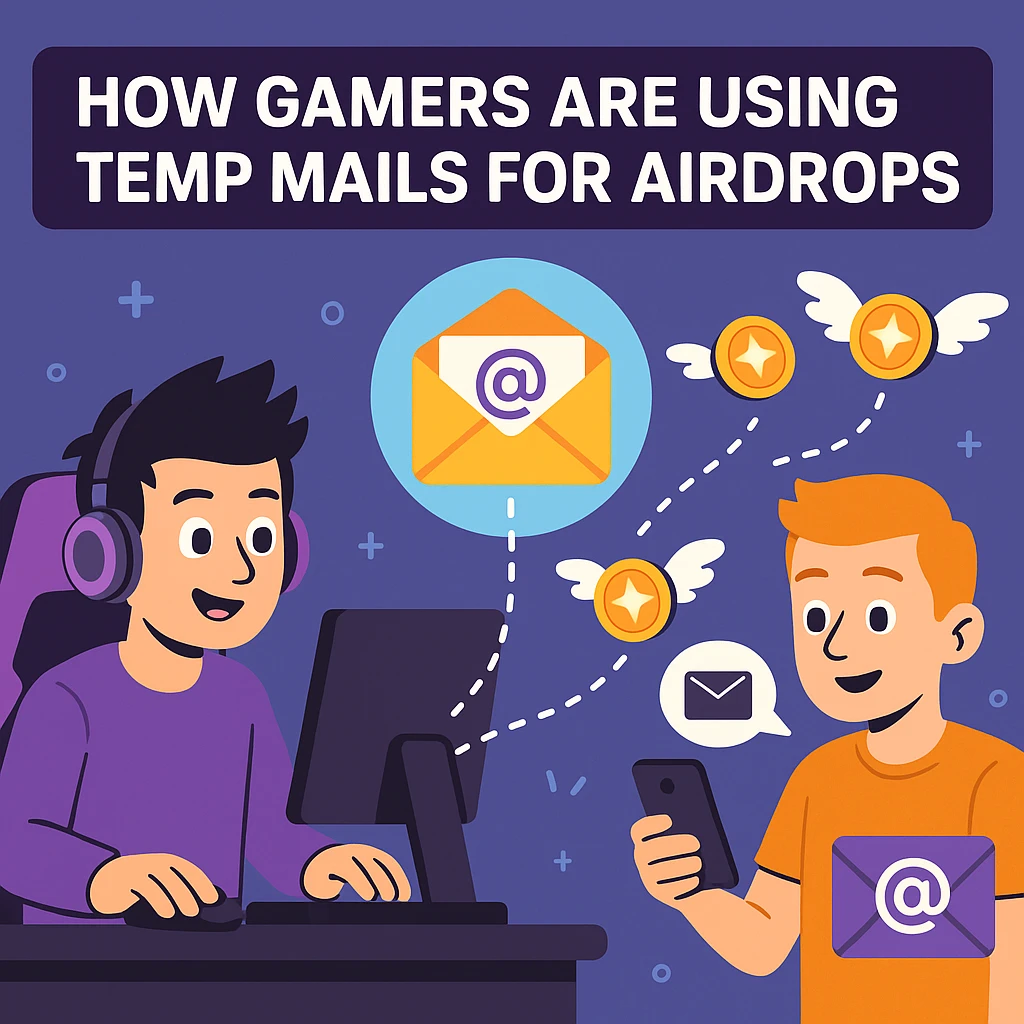Email is still a very effective communication medium in the digital age, especially for marketing purposes. It is getting harder to stand out, though, because of the sheer amount of emails people receive on a daily basis. Here's where customization comes into play. In email marketing, personalization refers to adjusting the message content for each recipient according to their preferences, actions, and demographics. This method has shown to be quite successful in raising conversion rates, strengthening customer connections, and raising engagement. We will examine every facet of email personalization in this in-depth guide, from its advantages and tactics to the tools and technologies that can facilitate its efficient implementation.
1. The Importance of Personalization in Email
In email marketing, personalisation is now essential and no longer merely a "nice-to-have". Generic emails are likely to be disregarded or, worse, flagged as spam since users are growing pickier about the information they interact with. By delivering content that is relevant and resonates with recipients, marketers may increase engagement and improve the overall experience through personalization.
1.1 Increased Engagement and Open Rates
Emails that are personalized have a higher chance of grabbing the recipient's attention. Numerous studies indicate that emails with customized subject lines receive more opens than those with generic ones. Recipients are more likely to open an email if the subject line contains their name or other pertinent information.
Key Points:
-
Personalized subject lines can increase open rates by up to 50%.
-
Emails that address the recipient by name or reference previous interactions are more likely to be opened.
1.2 Improved Click-Through Rates (CTR)
Personalization affects how recipients interact with the content in addition to whether or not they open the email. Because the content of personalized emails is suited to the recipient's interests and requirements, they typically have greater click-through rates. For example, product recommendations based on previous purchases or browsing patterns might increase click-through rates and conversion rates.
Key Points:
-
Personalized content leads to higher CTRs as it aligns with the recipient’s interests.
-
Dynamic content blocks in emails can display different offers based on user segmentation.
1.3 Enhanced Customer Experience
Personalization gives the recipient a sense of worth and understanding, which improves the whole customer experience. Customers become more dependable and devoted when they obtain content that is pertinent to them. Increased client retention and lifetime value may result from this over time.
Key Points:
-
Personalization fosters a sense of connection between the brand and the recipient.
-
Customers are more likely to stay loyal to brands that deliver personalized experiences.
2. Strategies for Effective Email Personalization
There are several ways to apply personalization, ranging from simple to complex tactics. Some important tactics to take into account while customizing your email campaigns are listed below.
2.1 Segmentation: The Foundation of Personalization
Segmentation is the process of breaking down your email list into more manageable groups according to particular standards, including engagement level, purchase history, or demographics. Sending more relevant emails to each segment is made possible by this.
How to Segment Your List:
-
Demographics: You can divide up your list based on factors like income level, geography, gender, and age.
-
Purchase History: Send customized product recommendations or offers to clients by grouping them according to their previous purchases.
Key Points:
-
Effective segmentation leads to more relevant content, which increases engagement.
-
Regularly update your segments to reflect changes in customer behavior or demographics.
2.2 Dynamic Content: Customizing Email Content in Real-Time
With dynamic content, you can build distinct email versions that adapt according on the recipient's information. This implies that different receivers may view various content blocks within the same email template depending on their preferences or behavior.
Examples of Dynamic Content:
-
Product Recommendations: Show off goods that resemble what the receiver has looked at or bought.
-
Location-Based Content: Adapt information or offers according to the recipient's location.
-
Behavioral Triggers: Present content—like upsell possibilities or reminders for abandoned carts—based on previous interactions.
Key Points:
-
Dynamic content enhances relevance and engagement by delivering tailored messages.
-
Ensure that your email platform supports dynamic content and test different versions to optimize results.
2.3 Personalized Subject Lines and Preheaders
The subject line is an essential component of email personalization since it's frequently the first thing the recipient sees. Customized subject lines have the power to dramatically raise open rates. In a similar vein, the preheader—the language that appears in most email clients behind the subject line—should also be customized to match the subject line.
Tips for Personalizing Subject Lines:
-
Use the Recipient’s Name: Adding the recipient's name to the email can help it seem more intimate.
-
Reference Past Interactions: Remind the receiver of their connection to your brand by bringing up previous purchases or interactions.
-
Create a Sense of Urgency: Urgency that is specific to you (such as "Your favorite item is almost sold out!") can motivate quick action.
Key Points:
-
Personalized subject lines should be relevant and not just include the recipient’s name for the sake of it.
-
Test different subject lines to see what resonates best with your audience.
2.4 Behavioral Trigger Emails
Behavioral trigger emails are sent in response to certain behaviors (or lack thereof) on the part of the recipient. Because they are directly tied to the behavior of the recipient, these emails are extremely individualized.
Common Behavioral Triggers:
-
Welcome Emails: Sent when a new subscriber joins your list.
-
Abandoned Cart Emails: Sent when a recipient adds items to their cart but does not complete the purchase.
-
Re-Engagement Emails: Sent to inactive subscribers to encourage them to re-engage with your content.
Key Points:
-
Triggered emails are often more effective because they are timely and relevant.
-
Automate these emails to ensure they are sent promptly and with minimal manual effort.
2.5 Personalizing Based on Purchase History
Knowing a customer's past purchases enables you to craft incredibly tailored emails that encourage loyalty and repeat business.
Ways to Use Purchase History:
-
Product Recommendations: Make product recommendations that go well with the customer's past purchases.
-
Exclusive Offers: Send personalized discounts or promotions based on past spending behavior.
-
Anniversary Emails: Celebrate the anniversary of a customer’s first purchase with a special offer.
Key Points:
-
Purchase history is a goldmine for personalization opportunities.
-
Use purchase history data ethically and transparently to maintain customer trust.
Conclusion
Email marketing personalization is a potent tool that may boost conversion rates, foster closer bonds with customers, and increase customer engagement. Utilizing data, segmentation, and cutting-edge technologies, you can craft audience-relevant tailored email experiences. To avoid the dangers of over-personalization, personalization must be handled carefully, striking a balance between privacy and relevance. By utilizing appropriate tactics and resources, you can fully realize the benefits of email personalization and boost the effectiveness of your marketing campaigns.





Leave a Reply